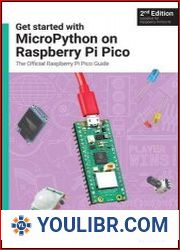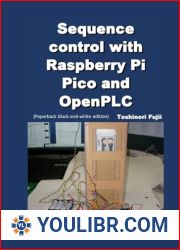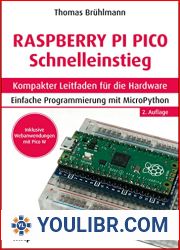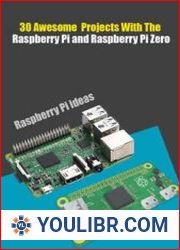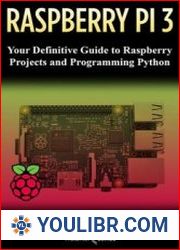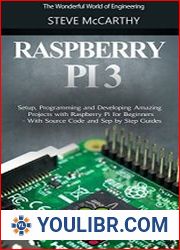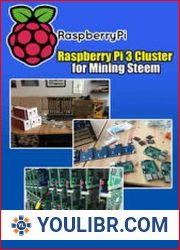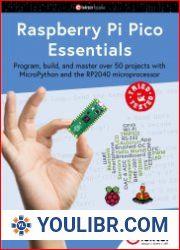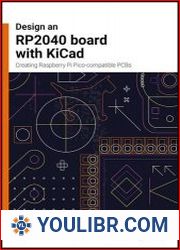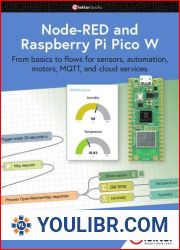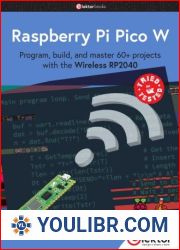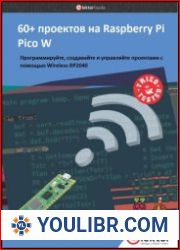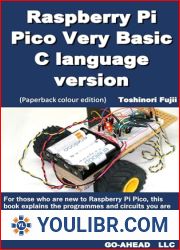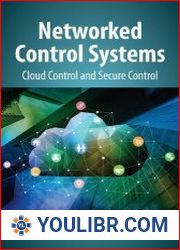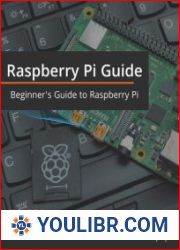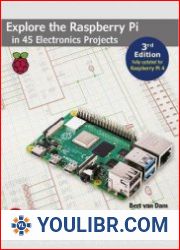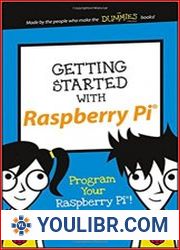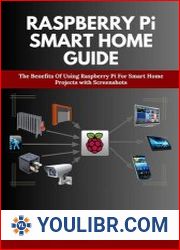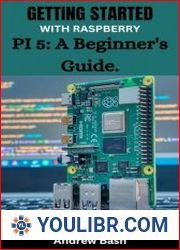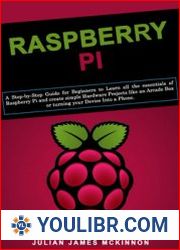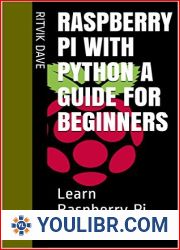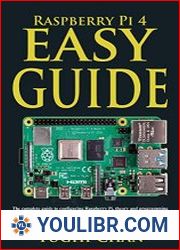
BOOKS - EQUIPMENT - Sequence control with Raspberry Pi Pico and OpenPLC

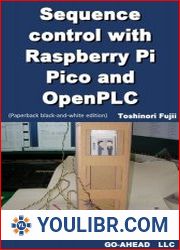
US $8.75

516932

516932
Sequence control with Raspberry Pi Pico and OpenPLC
Author: Toshinori Fujii
Year: 2024
Number of pages: 146
Format: EPUB
File size: 58.6 MB
Language: ENG
Year: 2024
Number of pages: 146
Format: EPUB
File size: 58.6 MB
Language: ENG
Now that OpenPLC has a new version and can be uploaded directly to the Raspberry Pi Pico, you can use the Raspberry Pi Pico and OpenPLC to learn sequence control. The Raspberry Pi Pico, like the Arduino, is a simple microcontroller board and, like the RaspberryPi, does not require an operating system to be included; the Raspberry Pi Pico is powered by the RP2040 (ARM Cortex-M0+ dual core 133 MHz), It is a single-board microcontroller that can be run in Python or C. It is also inexpensive, costing around $10. This book is aimed at those introducing OpenPLC and includes OpenPLC simulator experiments, breadboard experiments using a Raspberry Pi Pico, as well as line tracer production and operation experiments, and elevator production and operation experiments. The Raspberry Pi Pico has 6 digital inputs, 6 digital outputs, 6 analogue inputs and 2 analogue outputs, so you can easily learn sequence control, although it is a bit limited. There are also instructions on how to change the digital IO settings, and although the number of IOs is limited, you can change the number of IOs relatively freely. It took me about an hour to get started and get the Raspberry Pi Pico working with OpenPLC, so I would say that the Raspberry Pi Pico is one of the most suitable CPU boards as a first step to learning about IoT and sequence control. relatively easy to use, but there are few instructions and almost no information available when searching. For this reason, you can use this book to start learning sequence control with Raspberry Pi Pico+OpenPLC.








